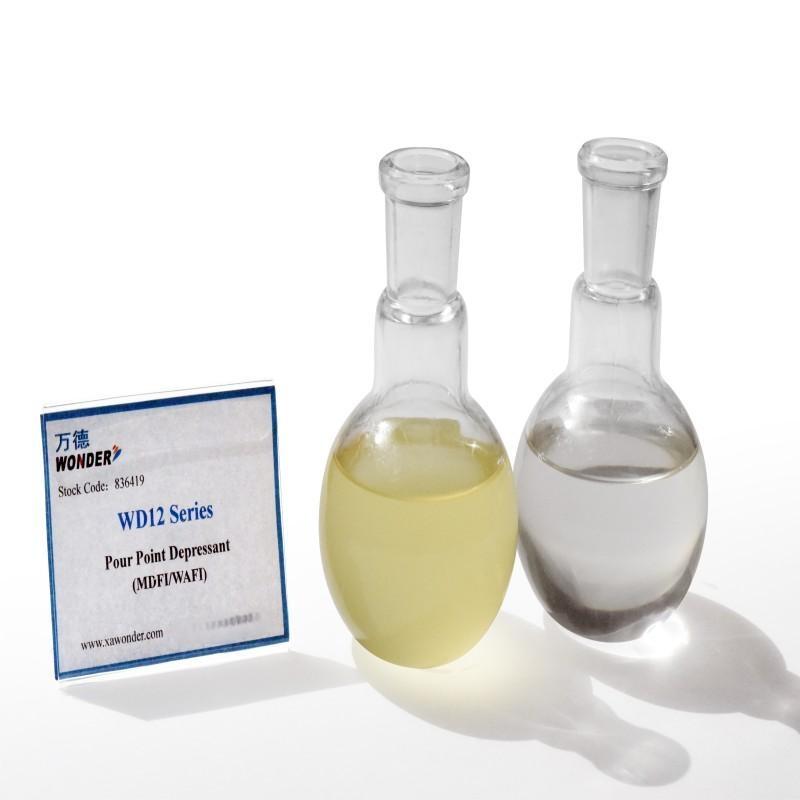-
Categories
-
Pharmaceutical Intermediates
-
Active Pharmaceutical Ingredients
-
Food Additives
- Industrial Coatings
- Agrochemicals
- Dyes and Pigments
- Surfactant
- Flavors and Fragrances
- Chemical Reagents
- Catalyst and Auxiliary
- Natural Products
- Inorganic Chemistry
-
Organic Chemistry
-
Biochemical Engineering
- Analytical Chemistry
-
Cosmetic Ingredient
- Water Treatment Chemical
-
Pharmaceutical Intermediates
Promotion
ECHEMI Mall
Wholesale
Weekly Price
Exhibition
News
-
Trade Service
Oil futures fell 2% on Wednesday (Oct.
13) to settle at $92.
45 a barrel
.
Crude oil inventories surged by 7.
05 million barrels in the week ended October 7, the largest increase since the week of April 8, 2022, according to the American Petroleum Institute (API); Gasoline inventories increased by 2 million barrels
.
Meanwhile, ongoing concerns about demand, a stronger dollar and expectations of further rate hikes by major central banks drove oil prices lower
.
(U.
S.
Oil Hour Chart)
Financial blog Zero Hedge commented on US API data that WTI crude oil continued
to decline after API crude oil and gasoline inventories increased significantly.
CFRA analyst Stewart Glickman said in a note: "In our view, the combination of these two factors may support crude oil prices higher over the next 12 months, but recession risks remain
.
" Currently, we are seeing signs of
demand disruption in API data.
We suspect the API data was impacted by Hurricane Ian, but for now, crude inventories surged by more than 7 million barrels last week (well above expectations), but 7.
7 million barrels of the Strategic Petroleum Reserve (SPR) were released
.
Gasoline inventories increased (significantly differently than expected) and distillate inventories fell more than expected
.
”
The Organization of the Petroleum Exporting Countries (OPEC) lowered its forecast for global oil demand growth in 2022, the fourth time since April, while also cutting its forecast
for next year.
Oil demand is expected to increase by 2.
64 million b/d or 2.
7 percent in 2022, down 460,000 b/d
from previous forecasts.
Oil demand will increase by 2.
34 million b/d next year, 360,000 b/d less than previously forecast, to 102 million b/d
.
OPEC still expects demand in 2023 to exceed pre-pandemic levels
in 2019.
OPEC gives reasons for the fact that the world economy has entered a period
of heightened uncertainty and rising challenges due to high inflation, tightening monetary policy by major central banks, high levels of sovereign debt in many regions, and persistent supply problems.
OPEC lowered its global growth forecast for 2022 to 2.
7 percent from 3.
1 percent and next year's growth forecast to 2.
5 percent, saying it could be even weaker
.
OPEC said major downside risks remain, with limited
upside potential from factors such as the EU and any resolution to the Russia-Ukraine conflict.
The U.
S.
Department of Energy lowered its estimates
of U.
S.
and global production and demand.
The ministry now expects U.
S.
crude consumption to grow by just 0.
9 percent in 2023, down from its previous forecast of a 1.
7 percent
increase.
Globally, the sector expects consumption to grow by just 1.
5 percent, down from a previous forecast of a 2 percent
increase.
Energy markets are also under pressure from the dollar, which has rebounded
against low-yielding currencies such as the yen.
The Fed's pledge to keep raising interest rates to stem high inflation has boosted yields and made the U.
S.
currency more attractive
to foreign investors.
The minutes of the Fed's September policy meeting, released on Wednesday, showed Fed officials agreed they needed to raise interest rates to a more restrictive level and then maintain them there for a while to meet their goal of
reducing inflation.







